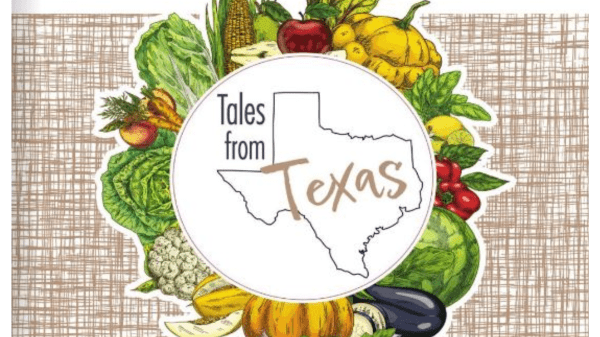Known for barbeque, longhorns, oil, football, and a wealth of crops, the Lone Star State also is the site of a highly competitive retail grocery market.
New and renovated grocery stores, new and expanded distribution and fulfillment centers, robotics, vertical indoor growing partnerships, and other high-tech services are all being implemented and reflect how grocers in the state are striving to better serve customers and to compete.
“The grocery market in the major metropolitan areas of Texas is very competitive and has some of the best food retailers serving customers,” says Gary Huddleston, a grocery industry consultant for the Texas Retailers Association, which represents companies and individuals in the retail grocery industry.
“Texas is large and also has many rural markets served by regional and local food retailers,” he adds.
One reason why grocery chains want to be in Texas is certainly due to rising population throughout the state.
All residents benefit from rigorous competition among grocery retailers, Huddleston says. “Competition provides the customer with a larger selection, higher quality, and better pricing.”
The other assets convincing grocery stores to invest in the state include its fertile growing regions and location. “A large amount of produce is grown in Texas,” Huddleston says. “Thus, distribution is faster and cheaper.”
It’s also a prime location for produce coming into the country across the southern border by truck from Mexico, as well as via ocean vessels arriving farther east in the state. “Most imported produce arrives in the Port of Houston—again, that’s an advantage with distribution.”
TOP CHAINS
The state’s wide range of grocery retailers includes large national chains such as Kroger, Albertsons, Walmart, Sam’s Club, Costco, and Target. There’s also the state’s own well-known chain, H-E-B, which has several banners.
“Then add Aldi, Trader Joe’s, Sprouts, Market Street, Market Basket, and Central Market, and in my judgement, Texans have ample and more choices for groceries than in most states,” Huddleston says.
Some of the top food retailers in the state, at least when it comes to number of locations, are not traditional grocery store chains, but dollar stores, according to data company ScrapeHero, which ranked the largest grocery chains in the state by number of locations in 2022.
Family Dollar came in first with 1,130 locations in 461 cities in Texas. Dollar Tree was second with 667 locations in 279 cities, and Walmart was third with 516 locations in 255 cities. Next was Kroger with 212 locations in 84 cities, and Brookshire Brothers with 120 locations in 102 cities.
Other chains that made the top ten were Sam’s Club with 82 locations, Sprouts Farmers Market with 49, Albertsons with 43, and Costco and Whole Foods Market, each with 36 locations.
“The dollar-type stores have made inroads in the market with customers looking for better value due to high inflation,” Huddleston says. “Also, the dollar-type stores operate in lower income and rural areas of the state.”
He notes that most dollar stores sell limited selections of produce, which usually includes such items as bananas, apples, and bagged lettuce.
This is an excerpt from the Texas supplement in the March/April 2023 issue of Produce Blueprints Magazine. Click here to read the whole supplement.



